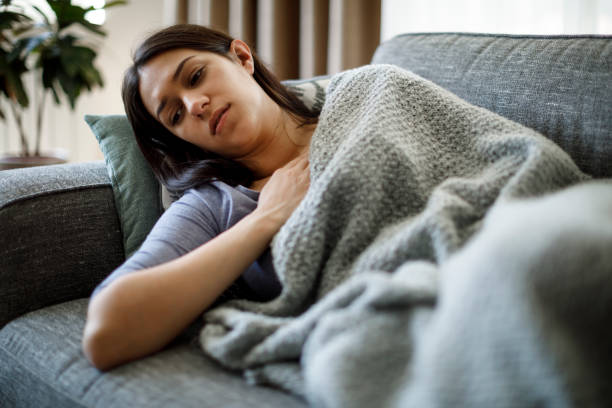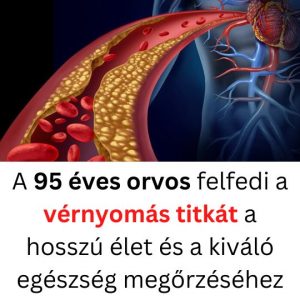The #1 Rated Blood Sugar Formula
Understanding Low Blood Pressure And It’s Effect To Your Body

What is Low Blood Pressure?
Low blood pressure is generally considered to be less than 90 millimeters of mercury (mm Hg) for the top number (systolic) or 60 mm Hg for the bottom number (diastolic).
What is considered low blood pressure for one person may be fine for another. Low blood pressure may cause no noticeable symptoms, or it may cause dizziness and fainting. Sometimes low blood pressure can be life-threatening.
The causes of low blood pressure can range from dehydration to serious medical conditions. It is important to find out what causes low blood pressure so that it can be treated if necessary.
Types of low blood pressure include:
- Orthostatic hypotension (postural hypotension). This is a sudden drop in blood pressure when getting up from a sitting position or after lying down. Causes include dehydration, prolonged bed rest, pregnancy, certain medical conditions and certain medications. This type of low blood pressure is common in older adults.
- Postprandial hypotension. This drop in blood pressure occurs 1 to 2 hours after eating. It is most likely to affect older adults, especially those with high blood pressure or autonomic nervous system diseases such as Parkinson's disease. Eating small, low-carbohydrate meals, drinking more water and avoiding alcohol can help reduce symptoms.
- Neurally mediated hypotension. This is a drop in blood pressure that occurs after standing for long periods of time. This type of low blood pressure most often affects young adults and children. It can result from abnormal communication between the heart and brain.
- Multisystem atrophy with orthostatic hypotension. Also called Shy-Drager syndrome, this rare disorder affects the nervous system that controls involuntary functions such as blood pressure, heart rate, breathing and digestion. It is associated with having very high blood pressure while lying down.
- Drink more water, less alcohol. Alcohol is dehydrating and can lower blood pressure, even if you drink it in moderation. Water increases the amount of blood in the body and prevents dehydration.
- Pay attention to body positions. Gently move from lying flat or squatting to standing. Don't sit with your legs crossed.
- Eat small, low-carbohydrate meals. To prevent a sharp drop in blood pressure after meals, eat small meals several times a day. Limit high-carbohydrate foods such as potatoes, rice, pasta and bread.
- Exercise regularly. A general goal is to aim for at least 30 minutes of moderate physical activity each day. Avoid exercising in hot, humid conditions.






